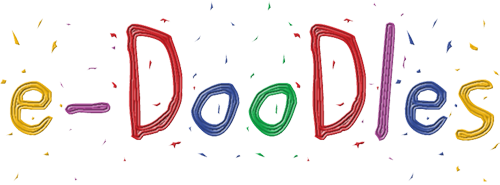2100-2400MHz Bandpass Filter The goal is to build a filter using the microstrip technique, resulting in low losses and a good shape factor. The project parameters are as follows: Zin, Zout: 50ohm Type: bandpass 2100-2400MHz Sub-type: hairpin Distribution of poles: Chebyshev In-band ripple: max 0.5 dB In-band RL: >18dB Attenuation at 1980MHz: >25dB Attenuation at 2500MHz: >25dB It should be noted that the narrower the passband, the higher the in-band attenuation; as a result, an attenuation of around 2dB can be expected. The filter is built on polyester laminate, such as ROGERS 4003 20mils (0.5mm) 1oz/sqft (35 microns). At a frequency of 2GHz, the FR4 can no longer be used with accurately calculable results as the dielectric constant is highly erratic as well as not well-defined during manufacturing. In addition, dielectric losses grow quite significantly. When entering the project parameters into one of the several software applications for filter synthesis, this is the resulting geometry: Fig. 1 – Geometry of a microstrip filter for 2310MHz. NOT IN SCALE The same software can also produce Gerber (.gbr) format files, which can be used to build the filter in the right size and with the desired electric features. A Gerber file is attached to this article. By printing it on a regular acetate sheet in two copies with a good laser printer and overlaying the two sheets – in order to obtain blacks completely opaque to UV light – a mask can be obtained (either positive, to be used with sprayable photoresist, or negative, to be used with film photoresist). Below is the expected frequency response based on the synthesis: Fig. 2 – The filter’s S21 frequency response. The finished filter: Fig. 3 – Filter on ROGERS 4003 20mils 35 microns These are the real values as measured: Fig. 4 – Real response of the S21 filter Fig. 5 – Real response of the S11 filter Interestingly, the simulation and synthesis produced by the program and the real-life results overlap nicely – the -3dB passband, the in-band attenuation, the flat in-band response, the RL and the good symmetry of the filter sides.
 Loading...
Loading...


Leave A Comment
You must be logged in to post a comment.